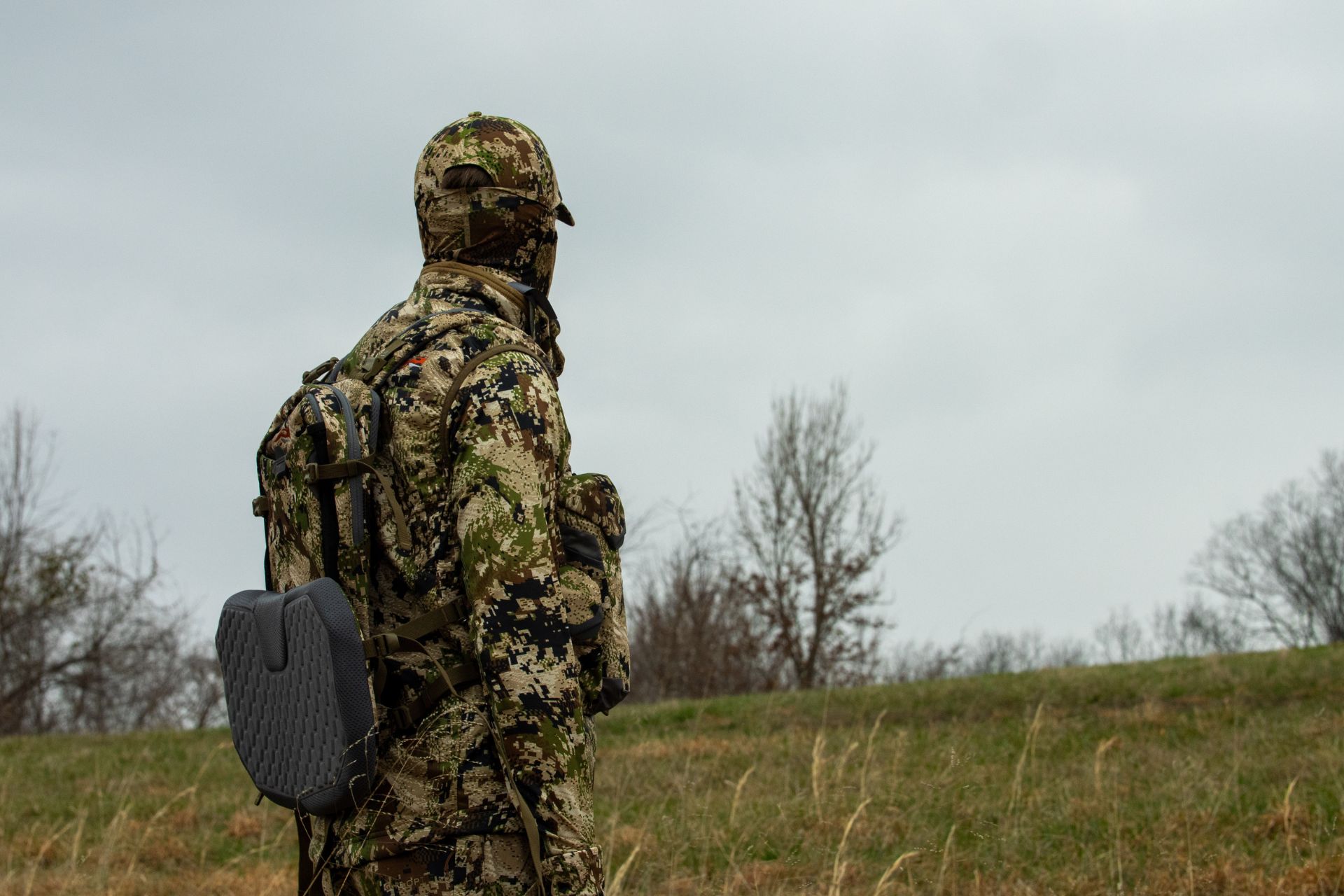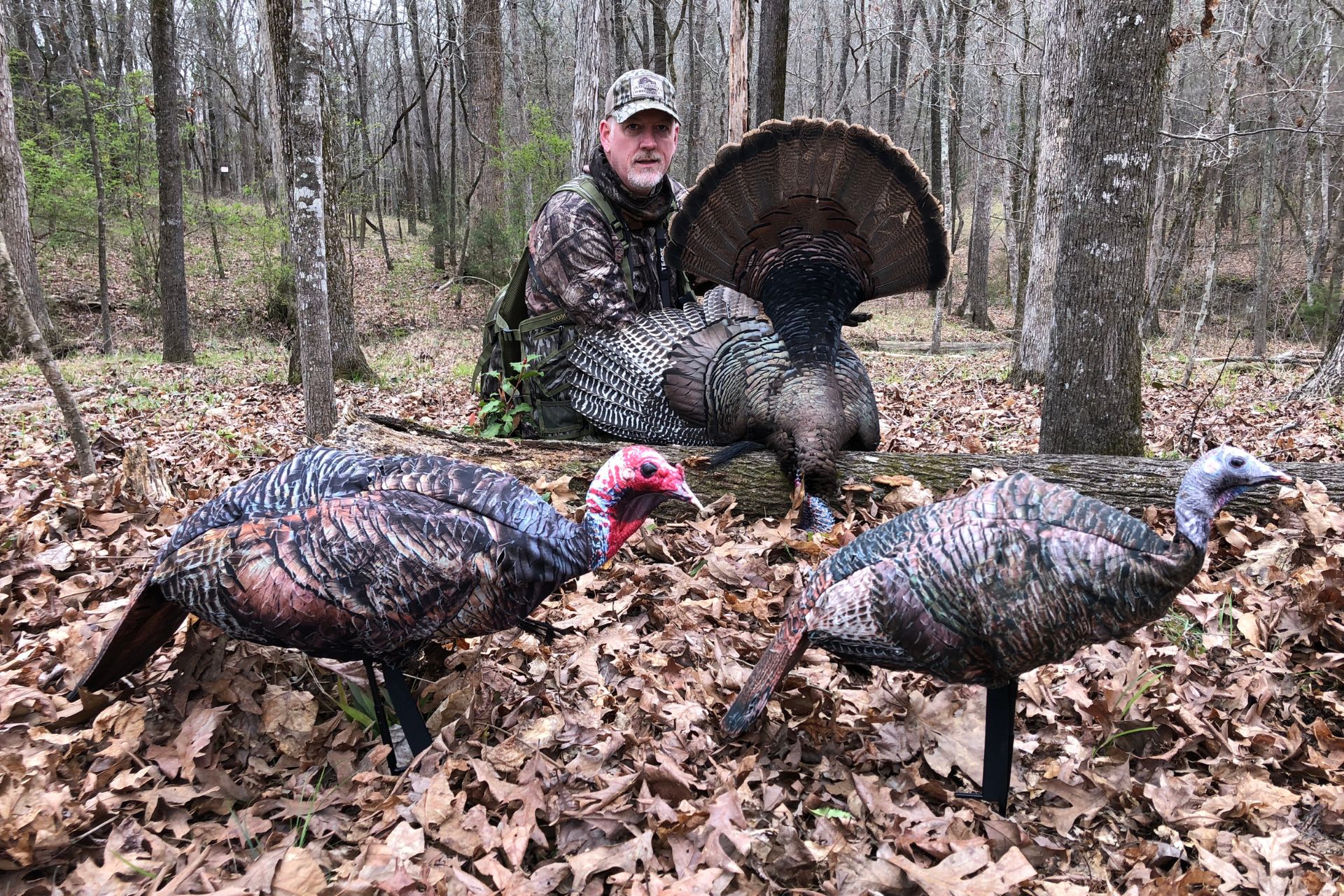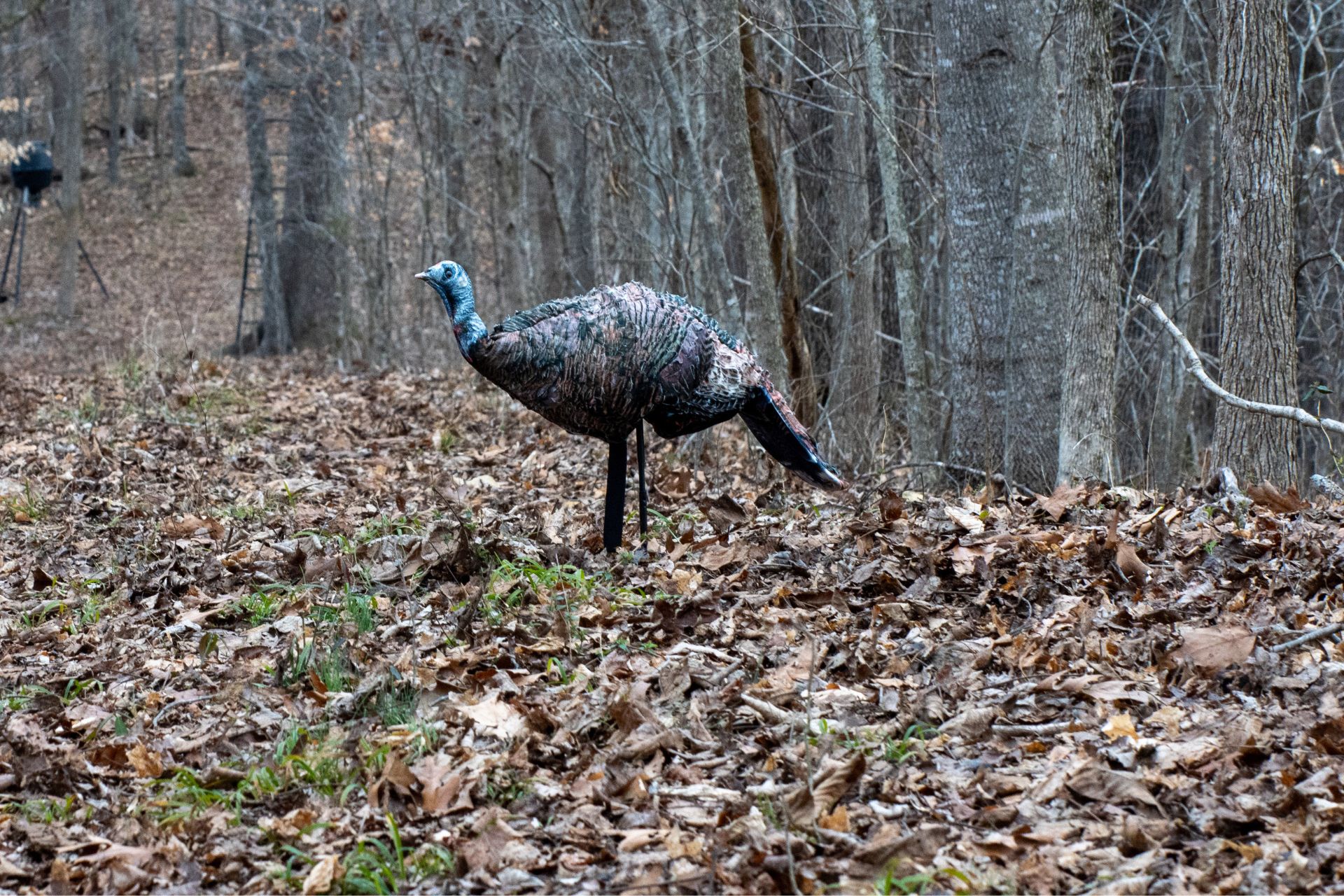Posted by CJ Davis on Feb 28, 2024
7 Steps to Success for the Run-N-Gun Turkey Hunter
Today’s turkey hunters are faced with increased competition and diminishing turkey populations throughout the country. Morbid way to start an article? Maybe. However, there are plenty of opportunities for the run-n-gun hunter who’s willing to cover more ground than the next guy.
#1 - Do Your Research
Study turkey population numbers and tag allocations and hunter numbers for the areas you want to hunt. If you take the same approach as you would planning for an out of state elk hunt, you’ll be more likely to find yourself in a good area. Take the time to apply for those limited draw areas or hunts.
#2 - Know When to Go
Pick your time based on historical gobbling data. A vocal turkey is a lot easier to find than a quiet one and honestly, it’s more fun hunting gobbling turkeys. Yes, there might be less pressure later in the year and certainly you can be successful. However, being able to hear them and interact with them is just as important to me as getting a shot.
#3 - Cover More Ground
I know this topic has been beaten to death though being in decent shape means you can cover more country and feel better the next day. And you will stay more motivated when the hunting is tough. You don’t have to become a gym rat. You can play a sport or go for a walk instead of a ride on your ATV. I’m terrible at working out just to work out. That’s where my love for playing basketball and winter scouting for deer really kicks in. If it’s fun, I forget it’s working out.

Being in decent shape means you can cover more country and feel better the next day.
#4 - Comfort
Focus on footwear and a good seat. I’ll carry a little more weight than I have too for a comfortable, waterproof seat. And you for sure need good footwear to keep logging miles. A midday change of socks is a winner as well.
#5 - Locators
Finding a turkey is the most important thing, so I carry fewer turkey calls and more locator calls. And I don’t just stop and blow a locator and move on. Treat each locator stop like you would a calling set up.
Start with something a little less noisy - like a woodpecker or crow call - in case a gobbler is close. Then ratchet up the volume and change the call to something else if you don’t get a response. Allow a little time between calls and use the most aggressive ones last. I don’t worry about spooking turkeys with a coyote call if I’m confident there are none close to me.
#6 - Decoys
A lot of guys ditch the dekes when they must cover ground. Is this a good idea? If you only have hard body, heavy versions, the answer is yes.
But being mobile doesn’t mean you can’t be fully prepared. I can easily carry a full set of 3D decoys in my vest pouch using the Wiley Tom 3D and 2 Miss Purrfect decoys. Doesn’t mean I use them all at each set up - I let the gobbler and the terrain dictate that. It’s nice to have them if I want to use them. And since Montana Decoy’s turkey decoys are soft and quiet, they give a little extra padding for a back rest when you aren’t using them.
It's nice to have a 3D decoy, like Miss Purrfect, that's light and packable if you need to use it.
#7 - Weapon of Choice
Dropping from a 12 to a 20 gauge or even a 410 will save you a lot of weight without costing you any effectiveness. Combined with quality TSS shot, a 20 gauge or a .410 will really amaze if you have not patterned it before. And if you really want to go light, a single shot dedicated turkey gun will feel more like a walking stick than a weapon.

